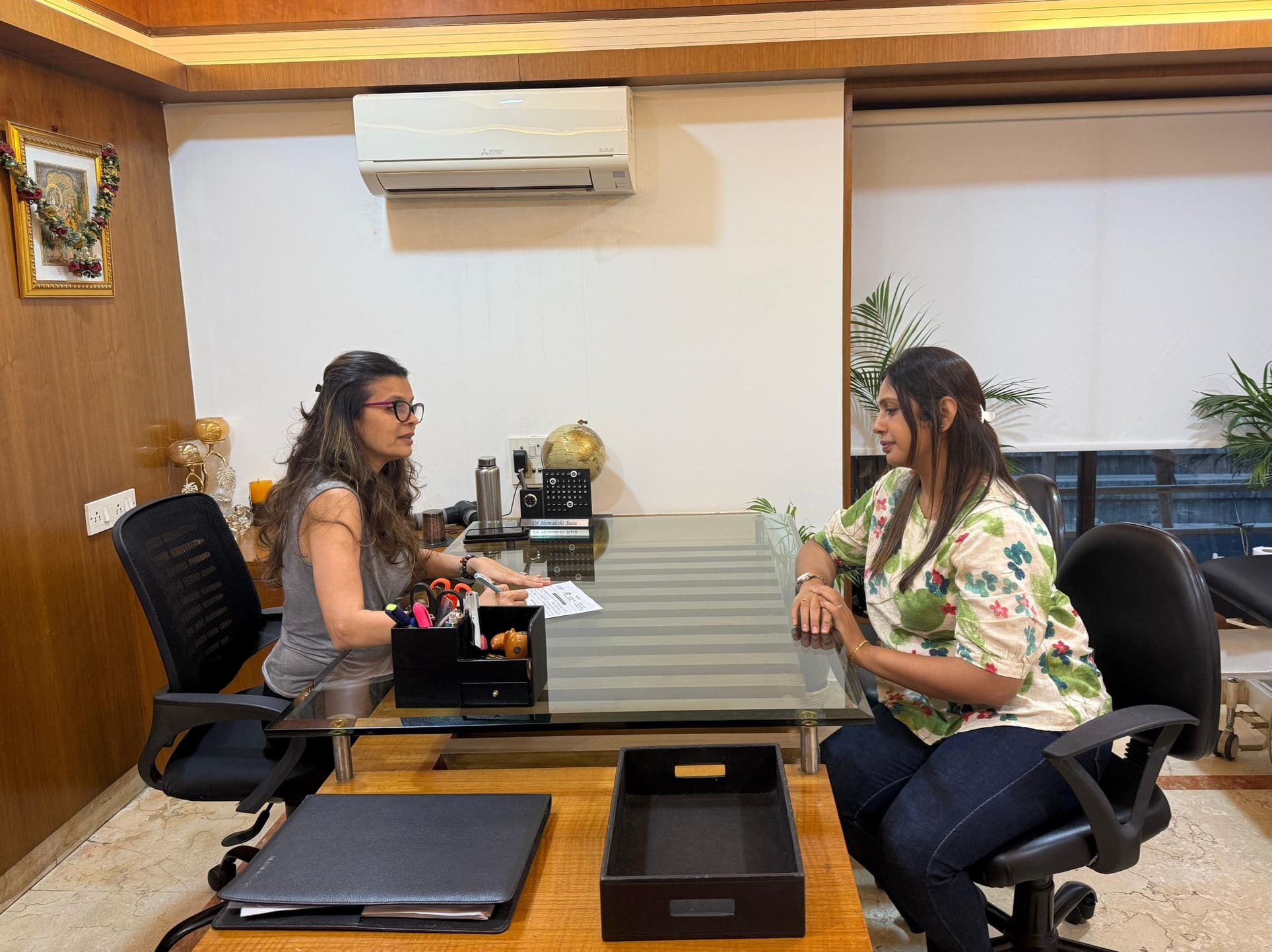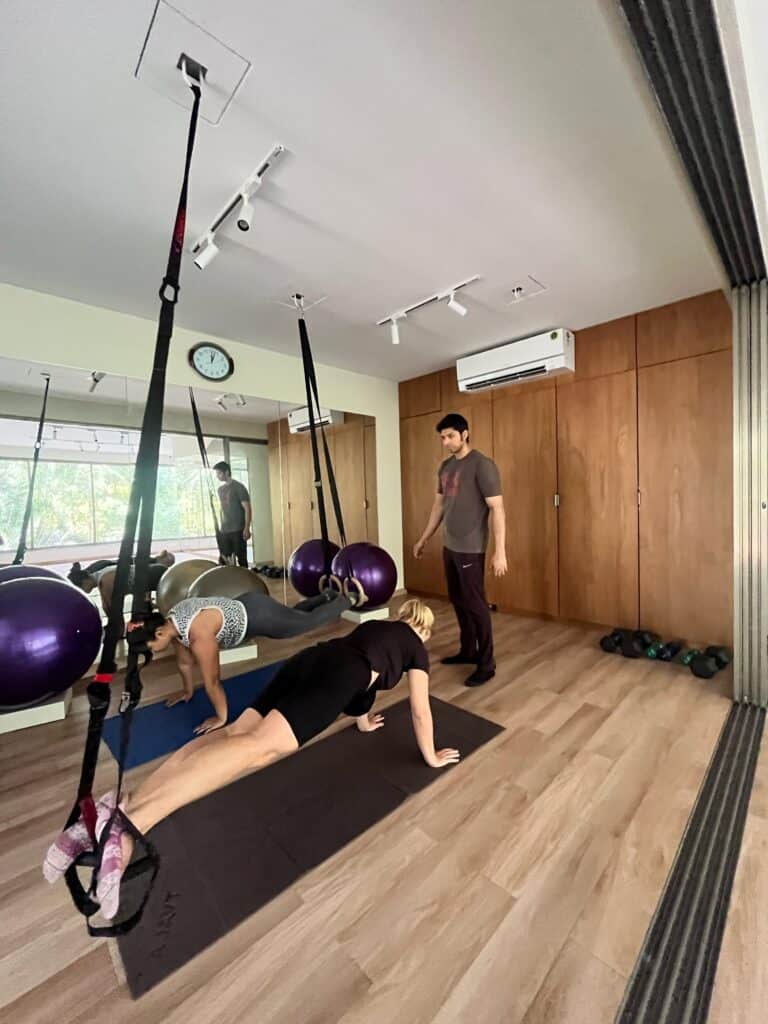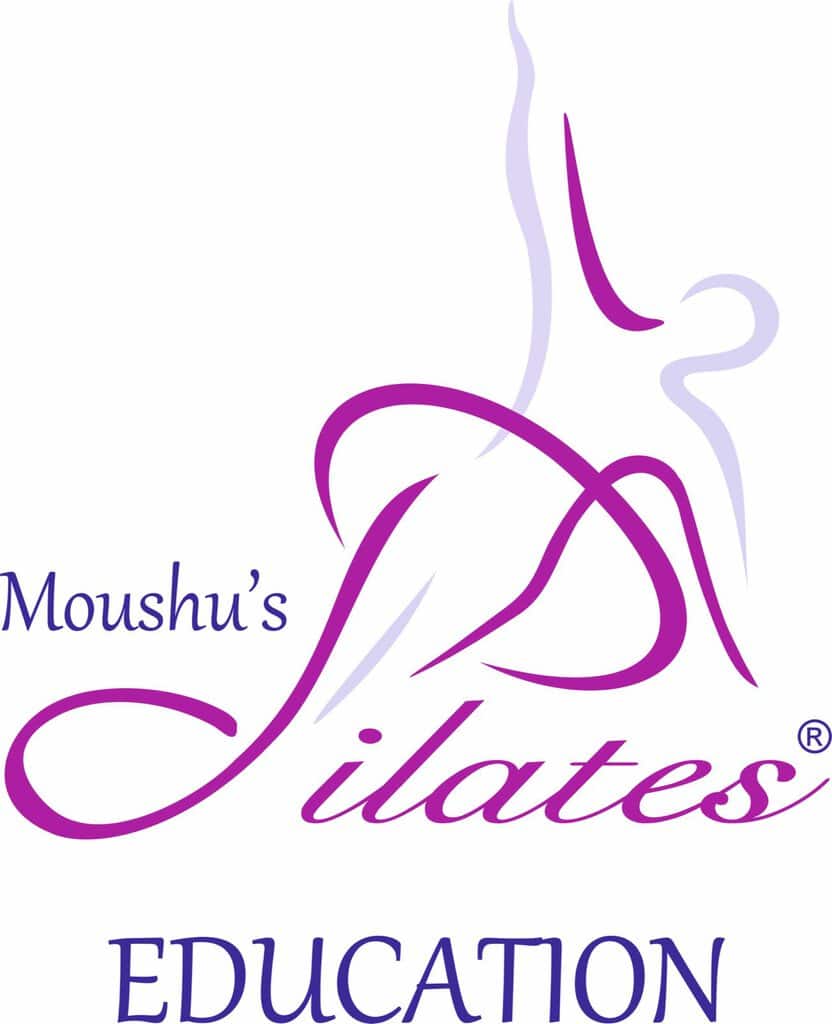Mat vs. Equipment-Based Pilates: What You Should Know

When it comes to Pilates, one of the most common questions people ask—whether they’re new to the practice or seasoned professionals—is: Should I be doing Mat Pilates or Equipment-Based Pilates? The short answer? Both have their place, and knowing the difference can help you choose what’s right for your body, your goals, and even your clients.
Let’s explore the two forms of Pilates and where each of them shine!
What is Mat Pilates?
Mat Pilates is the foundation of the Pilates method. It evolved from the teachings of Joseph Pilates to be performed on the floor, typically using just a mat and sometimes small props like resistance bands, magic circles, or soft balls. There’s no machinery involved, which makes it accessible, versatile, and easy to practice almost anywhere.
This style focuses on:
- Building deep core strength and activation
- Enhancing flexibility and movement control
- Developing good, efficient posture and alignment
- Using bodyweight for resistance and other props to modify resistance
Because of its simplicity, Mat Pilates is often the starting point for beginners—but that doesn’t mean it’s easy. A well-taught Mat class can challenge even the fittest body.
What is Equipment-Based Pilates?
Also known as Apparatus Pilates, this style uses specially designed machines like the Reformer, Cadillac, Wunda Chair, and Barrels. Each equipment is carefully designed with springs, resistance straps, pulleys, bars and levers to create a challenge or assist the body during movement. Joseph Pilates was inspired to create the equipment from real life scenarios. For example, the cadillac – everyone’s favourite piece of equipment – was developed from his experience at a World War I camp where beds with springs were used to help rehabilitate injured soldiers. As popularity Pilates grew throughout the world, so did the equipment itself. From here evolved, the reformer, a more modern piece of exercise machinery that allows for:
- More precise adjustments and feedback
- A broader range of motion
- Tailored support for injuries or limitations
- Greater resistance and progressive training
It’s especially useful in clinical settings or for individuals recovering from injury, dealing with chronic pain, or looking to fine-tune specific areas of strength and mobility.
The Key Differences
Here’s a table to compare the two practises and to give you a clearer picture:
|
Mat Pilates |
Equipment-Based Pilates |
|
|
Setup |
Just a mat (and maybe small props) |
Uses machines like the Reformer or Cadillac |
|
Resistance |
Bodyweight |
Adjustable spring resistance |
|
Cost |
Generally lower |
Higher due to equipment and space |
|
Portability |
Travel-friendly and easy to do at home |
Needs access to a Pilates studio |
|
Best For |
Building foundational strength, group classes, beginners |
Injury rehab, deeper muscle training, targeted programs |

Why Choose One Over the Other?
The truth is any good studio should have instructors who can efficaciously teach both mat and equipment pilates. The two forms compliment each other beautifully and an instructor who can navigate through both forms will have a higher knowledge and understanding of the pilates exercises. While mat pilates builds control and body awareness, equipment challenges those qualities to add precision, strength and even power! Another benefit to equipment is that it can also be tailored to bodies that require a little extra help and support.
We have seen incredible results in our clients with neck stiffness and pain as well as clients who dance and play pickleball, when they opt for the experience of mat as well as equipment. Some even use mat classes as a stepping stone to our equipment classes. So, when executed well, it can be beneficial for everyone!
Who Benefits From Each Approach?
Both styles can serve a wide range of people:
Mat Pilates is ideal for those who want a more accessible routine they can practice at home or on the go. It’s great for beginners, group classes, or anyone focused on core strength and posture. They are great for people with any back issues, especially when combined with physio rehab.
- Equipment Pilates is a game-changer for professionals working with and people with:
- Injury rehabilitation
- Postural corrections
- Neurological conditions
- Athletes or dancers needing performance-specific training
- Prenatal and postnatal clients
- Seniors needing balance and strength support
-

For Professionals: Why Learning Both Matters
If you’re a physiotherapist, occupational therapist, or fitness coach, adding Pilates to your toolkit can elevate your practice. Mat-based exercises are easy to teach in group or home programs, while equipment training allows for more clinical applications and customisation.
At Moushu’s Pilates, we train professionals to do just that. Through our APPI certification programs, you’ll gain confidence in using Pilates in both rehab and fitness environments with real-world application from day one.
Explore Pilates Education with Moushu’s Pilates
Whether you’re just discovering Pilates or looking to deepen your professional skills, Moushu’s Pilates offers comprehensive, internationally-recognized APPI training programs right here in India.
→ Taught by experienced movement professionals
→ Perfect for physiotherapists, occupational therapists, and movement specialists
→ Flexible formats, expert guidance, and ongoing mentorshipWe offer classes by internationally certified instructors who can help you achieve your mat and equipment goals safely as well as effectively.
👉 Learn more about our upcoming courses and workshops on our website

-

